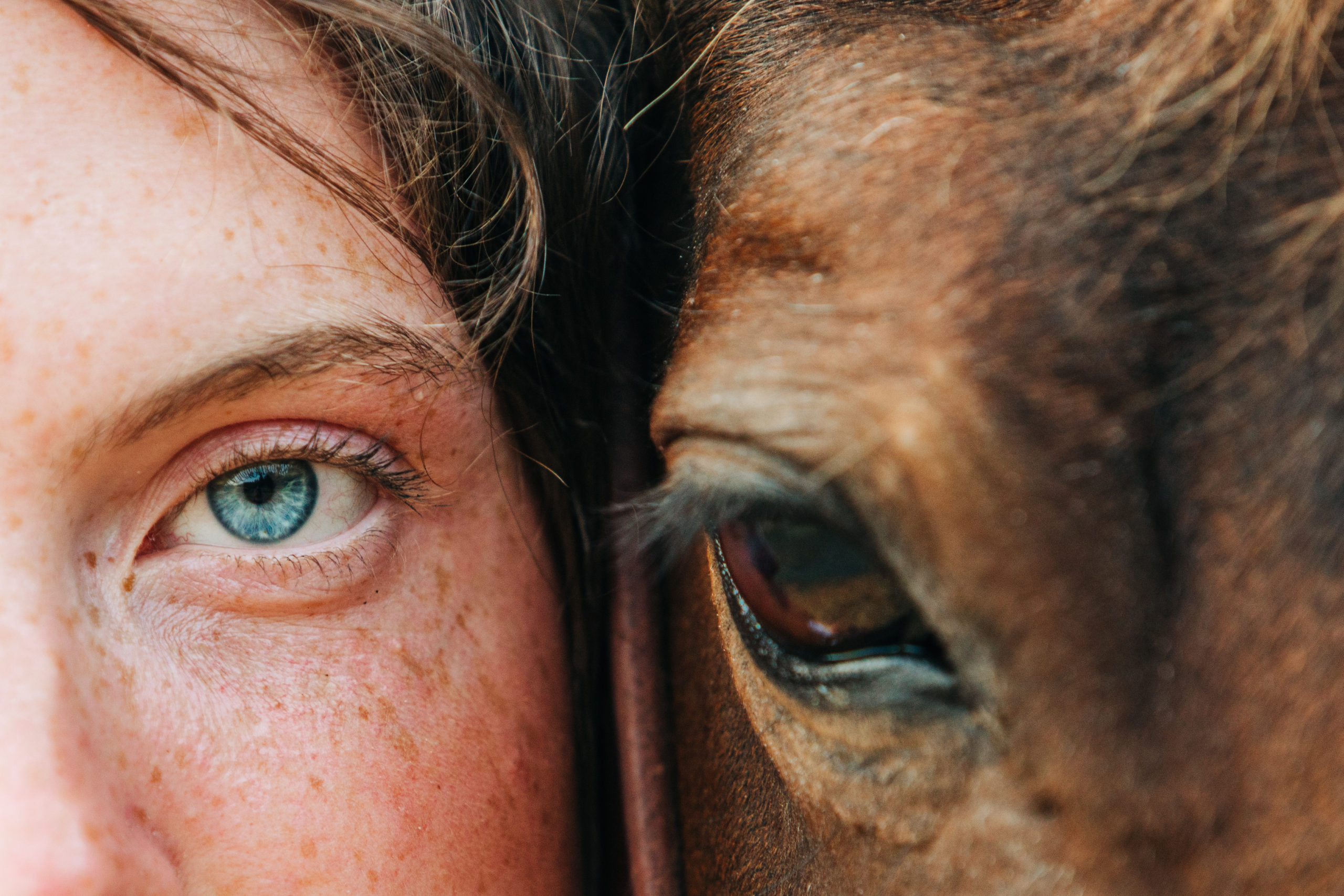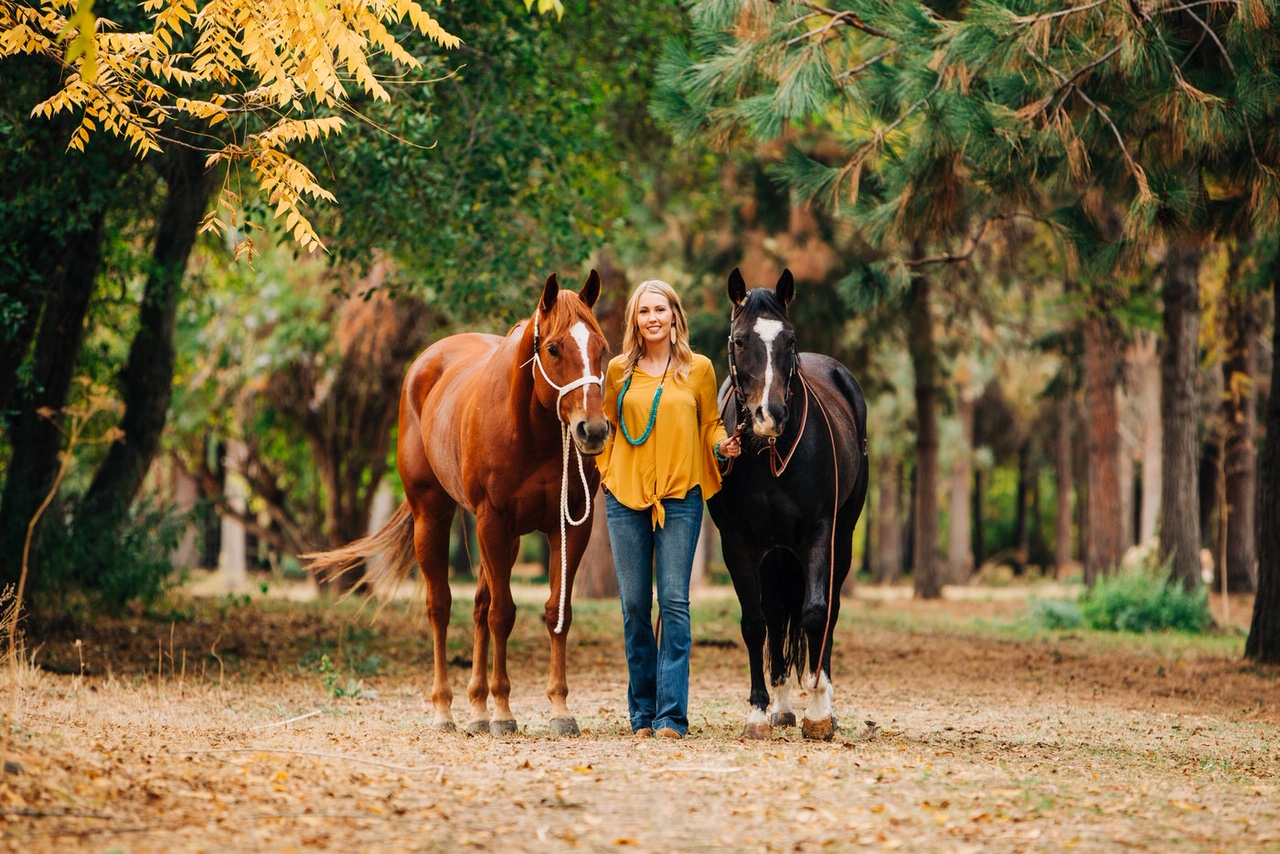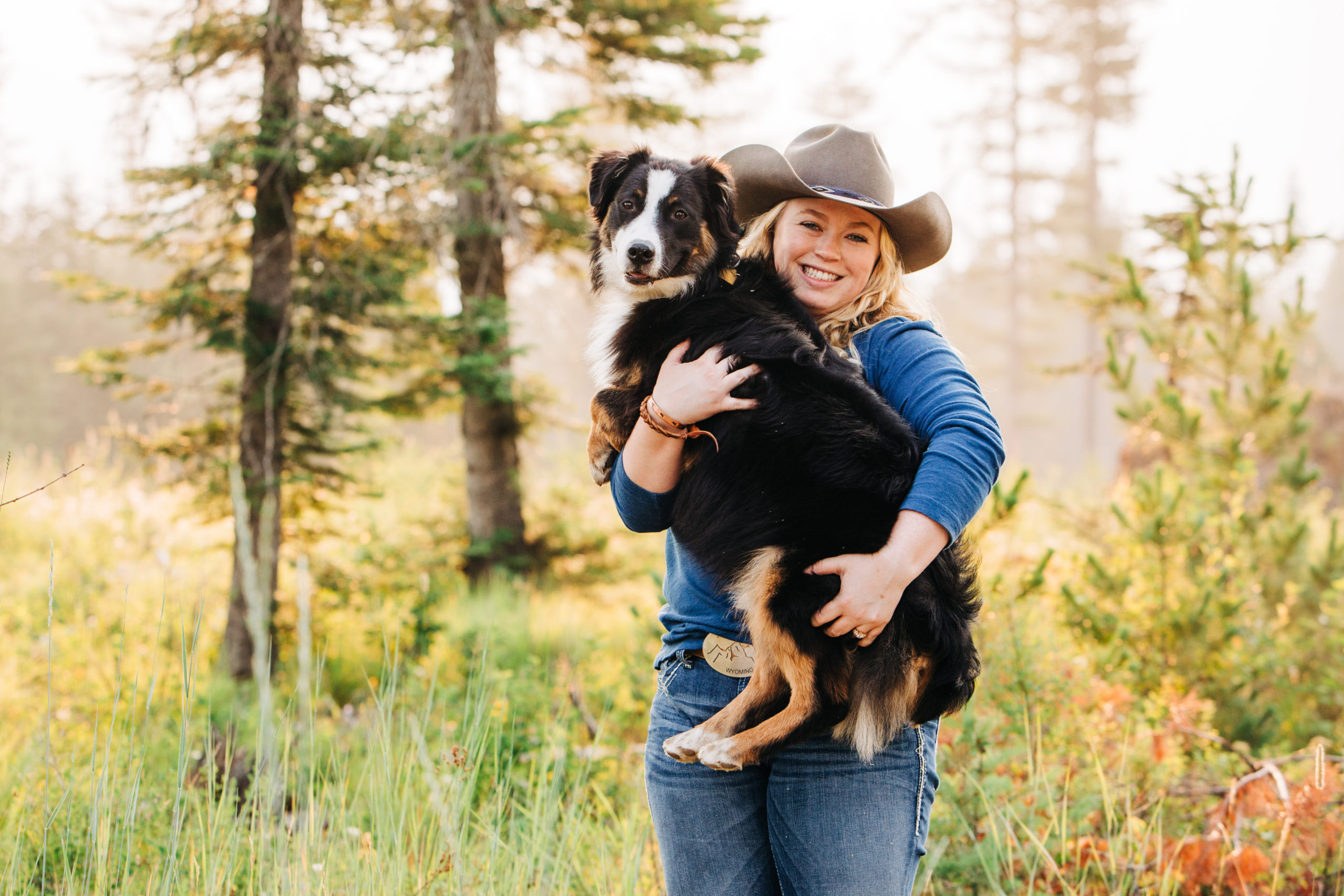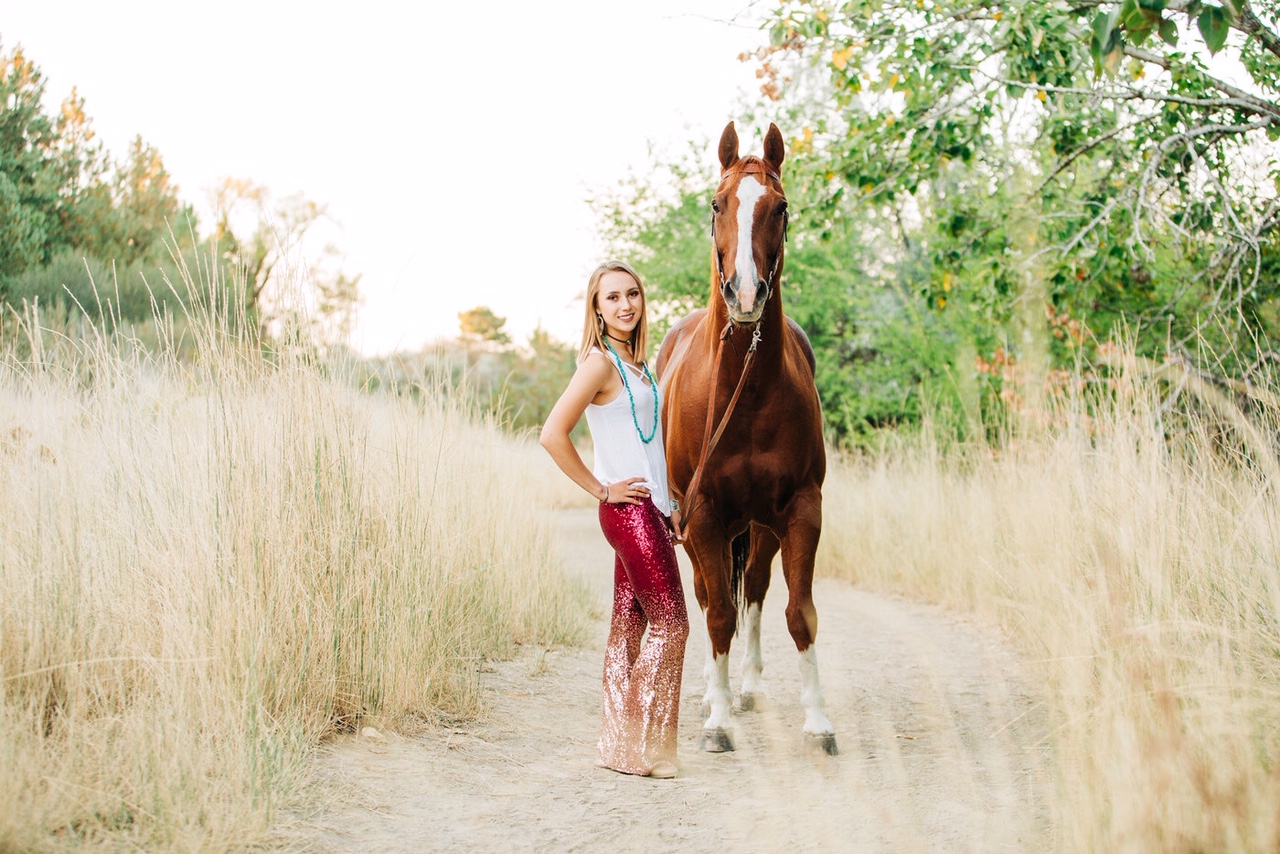Color genetics are complicated and I’m not claiming to be any kind of expert. But the gray gene is especially interesting to me now that we have Sassy.
They gray gene: Gray horses have one or two copies. A horse with one copy of the gray gene is said to be heterozygous for gray and can potentially produce gray OR non-gray offspring, depending on whether or not the gene is passed on. A horse with two copies of the gray gene is said to be homozygous for gray and all of the horse’s offspring will turn gray, without exception.
You can test your horse for the gray gene through UC Davis. UC Davis says, “The gray gene causes progressive depigmentation of the hair, often resulting in a color that is almost completely white by 6-8 years of age. The individual gray test will determine the number of copies of the gray allele (zygosity). The coat color panel tests detect presence or absence of the gray allele.”

Spelling: Gray can be spelled grey or gray. Some breed associations prefer grey, others prefer gray. The University of California-Davis Veterinary Genetics Laboratory uses gray as does the American Quarter Horse Association and the American Paint Horse Association.
A gray horse can be born any color. There’s a common misconception that all gray horses are born black and that’s not the case. A gray horse could be born any color. Some tell-tale signs that a foal is going to gray are: Hyperpigmentation (a darker shade of the normal foal coat) and/or gray “goggles” around the foal’s eyes.

Gray is a modifier. Gray modifies the base coat color, transforming it to gray. Genetically, the horse is the color it appeared at birth, but the presence of the gray gene modifies the coat color to gray. As stated above, the gray gene causes progressive depigmentation of the hair so this process can take many years.
A gray horse must have at least one gray parent. The gray gene is a dominant gene and cannot “show up” later on, as recessive genes can. So if your horse is gray, you know without question that one or both of its parents were gray.

Below is a photo of Sassy as a baby and Sassy currently.


Click here for more information on AQHA colors and click here for more information on APHA colors.












